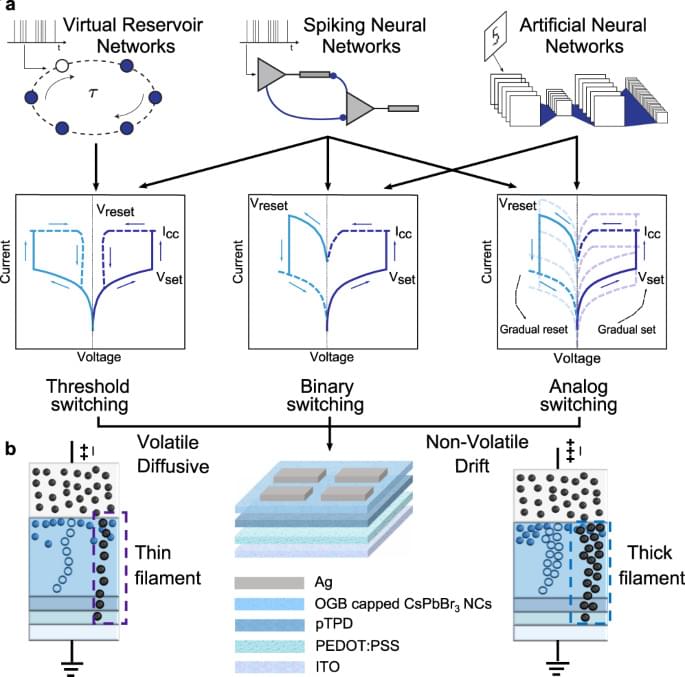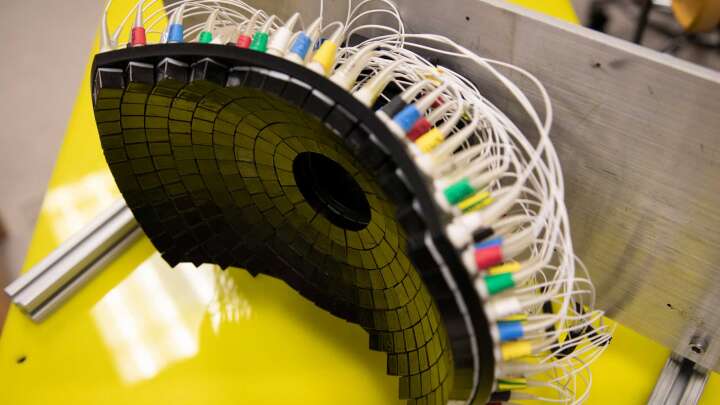Using nanotechnology, scientists have created a newly designed neuromorphic electronic device that endows microrobotics with colorful vision.
Researchers at Georgia State University have successfully designed a new type of artificial vision device that incorporates a novel vertical stacking architecture and allows for greater depth of color recognition and micro-level scaling. The new research study was published on April 18, 2022, in the top journal ACS Nano.
“This work is the first step toward our final destination–to develop a micro-scale camera for microrobots,” says assistant professor of Physics Sidong Lei, who led the research. “We illustrate the fundamental principle and feasibility to construct this new type of image sensor with emphasis on miniaturization.”






